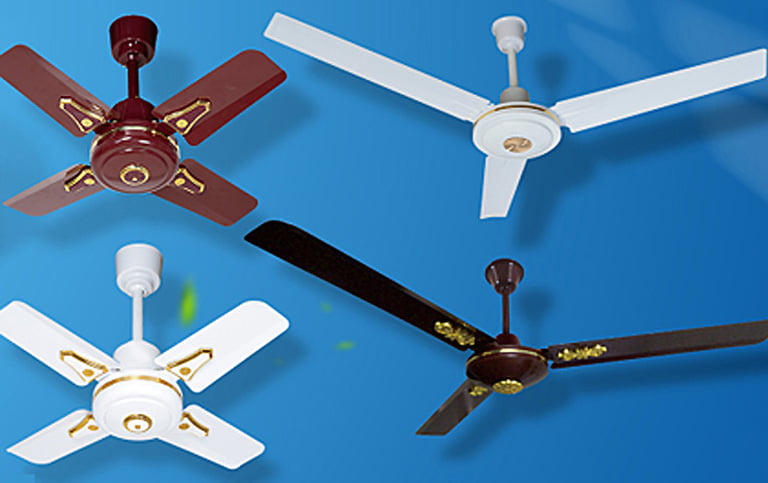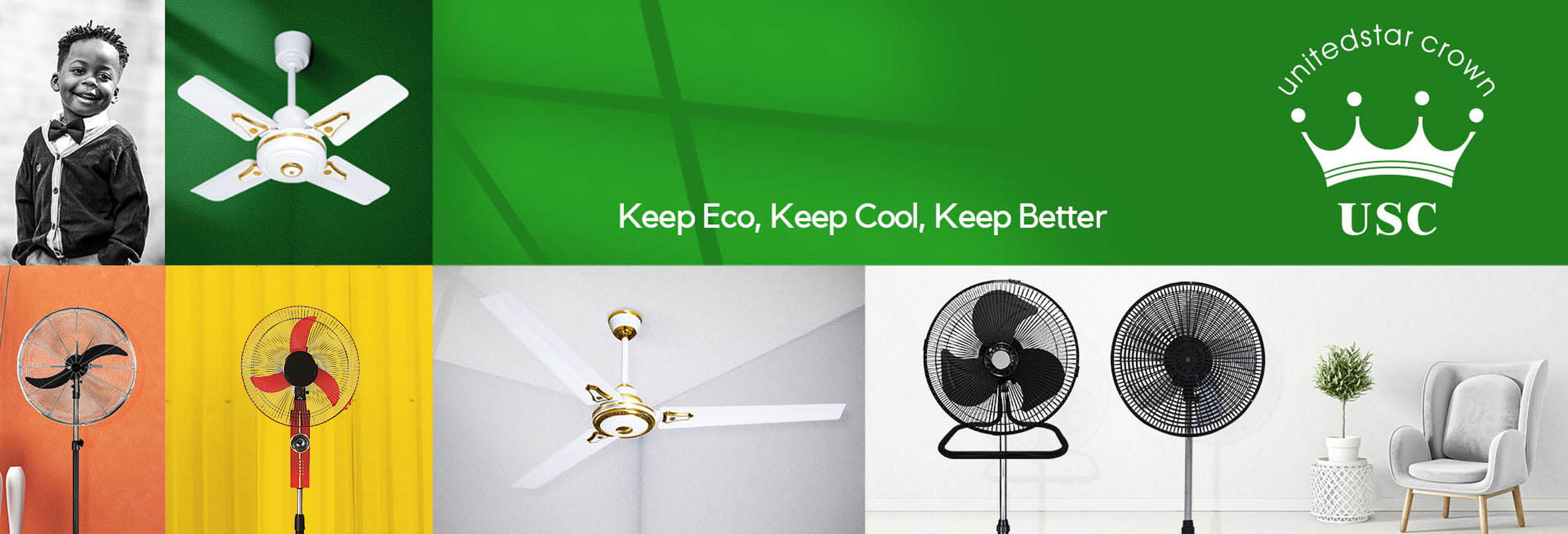According to the requirements of the US Federal Commission’s FTC Act, when LED lamps enter the US market, energy labels need to be affixed to the packaging box and lamp body, and information such as power consumption and lifespan of the product should be disclosed. In other words, the energy consumption label that Amazon refers to is actually the energy consumption label required by the FTC. The current energy efficiency requirements of LED bulbs and lamps in the United States are mainly concentrated in the Lighting Facts label, Energy Star and DLC of LED lamps. The energy efficiency requirements of Amazon’s Lighting Facts label are originally intended to be “Give them the Facts”, in order to make lighting products meet the requirements of more specific data and higher reliability. What is Amazon FTC Certification? Why does Amazon need FTC certification? And FTC energy label regulation for ceiling fans. UnitedStar takes you to understand Amazon FTC certification.
Content list:
What is Amazon FTC certification?
Why does Amazon need FTC certification?
FTC Energy Label Regulation for Ceiling Fans

What is Amazon FTC certification?
The Federal Trade Commission (FTC) is the U.S. Federal Trade Commission, the federal agency that enforces various antitrust and consumer protection laws. Its purpose is to ensure that the state’s market conducts competitively and develops prosperously and efficiently without unreasonable constraints.
The U.S. Federal Trade Commission (FTC) issued energy efficiency labeling rules in 1979 under the Energy Policy and Conservation Act (EPCA) of 1975. The rules require energy labelling for consumer products such as major home appliances to help consumers compare various types of products. When the rules were published, eight product categories were standardized: refrigerators, refrigerator-freezers, freezers, dishwashers, water heaters, washing machines, room air conditioners and stoves. The FTC later expanded the scope of the rules to include central air conditioners, heat pumps, plumbing products, lighting products, ceiling fans and televisions.
The rule requires manufacturers to affix yellow Energy Guide labels on products covered by the rule and prohibits retailers from removing labels or obscuring product identification. In addition, the rules direct sellers, including retailers, to post label information on websites and product catalogs to facilitate consumers’ purchases.
Products covered by the Energy Guide label contain three disclosures: estimated annual energy costs (for most products); the product’s energy consumption and energy efficiency ratings as determined from Department of Energy (DOE) testing procedures; and a comparable range showing all similar High and low energy cost or efficiency class of the model. In the calculation of energy costs, the rules specify the applicable energy (eg: electricity, natural gas, oil), for the calculation of the national average cost by the US Department of Energy. The rules set a five-year plan to update comparability ranges and annual energy cost information.
FTC’s Lighting Facts label will directly affect the sales of products. Lighting manufacturers exporting to the United States should study carefully to avoid risks. One of the harshest penalties in history is that a business was fined for a full year’s turnover. LED lighting manufacturers with products exported to the US market must pay close attention to the relevant policy trends of FIC.
Why does Amazon need FTC certification?
The U.S. Federal Trade Commission (FTC) has announced plans for final changes to energy efficiency labeling rules. Lighting is involved: The FTC has expanded the coverage of the LightingFacts label to include certain decorative and specialty bulbs. The notice completes a review of the Energy Efficiency Labeling Rules the Commission has recently overseen.
With many bulb packages on the market getting smaller, the revised rules address how to display lighting facts in a compact format. What manufacturers need to pay attention to is that if the product is covered by the energy efficiency labeling rules, the US Federal Trade Commission has taken action and must comply with it, otherwise it will be punished by law.
FTC Energy Label Regulation for Ceiling Fans
In Circular No. 197 of the US FTC, the legal basis for adopting appliance labeling rules for ceiling fan products is described in detail, and the energy conservation requirements of the Energy Policy and Conservation Act (EPCA) and the Energy Policy Act (EPACT) for various appliances are stated in detail. .
As early as 1975, the United States enacted the Energy Policy and Conservation Act. The act requires the FTC to regulate labeling rules for a variety of energy-using products (appliances, lighting, and bathroom products) and to disclose energy consumption estimates for these products, enabling consumers to evaluate competing product types. Comparison of energy consumption or energy efficiency. The FTC published labelling rules for eight appliance types (refrigerators, freezer-refrigerators, freezers, dishwashers, water heaters, washing machines, room air conditioners, and furnaces) in 1979, and has since expanded the rules of the rules. Coverage includes central air conditioners, heat pumps, fluorescent ballasts, lighting fixtures, bathroom products, pool heaters, and other types of water heaters. In 2005, the United States promulgated the “Energy Policy Act”, of which Item 137 was an amendment to the “Energy Policy and Conservation Act” to increase the labeling requirements for ceiling fan products. Circular 197 issued by the United States is the specific statement of the FTC’s proposed rules for the labeling of ceiling fan products.
1. Use of ceiling fan products
The U.S. Department of Energy (DOE) estimates that in 2001, 69.6 million (or 65.1%) of U.S. households had fans. Ceiling fans improve the comfort of a home by circulating air, creating airflow throughout the room. For homes with air conditioners, ceiling fans can allow consumers to increase the thermostat setting by about 4 degrees Fahrenheit without reducing comfort. In lukewarm climates, ceiling fans can save energy by allowing consumers to avoid using air conditioners at the same time.
2. Test Procedures and Energy Conservation Criteria for Ceiling Fan Products
In the “Energy Policy Act”, the United States authorizes the U.S. Department of Energy to stipulate the testing procedures for ceiling fan products and their energy saving standards, and the testing procedures for ceiling fans must be manufactured in accordance with the “Energy Star Test Equipment Guidance Manual” published by the U.S. Environmental Protection Agency (EPA). Test equipment and test methods for ENERGY STAR compliance of ceiling fan products. Manufacturers must use this test method to measure airflow and airflow efficiency at high, medium, and low fan speeds. The U.S. Department of Energy may impose different standards or exemptions for certain products, such as luxury ceiling fans primarily for decorative purposes.
3. Regulatory requirements in notification
The notified regulations require manufacturers to publicly indicate the airflow (CFM), power consumption (W), and airflow efficiency (CFM/W) of the ceiling fan product at high speeds on the ceiling fan body or outer packaging (or both). The regulations require ceiling fans to be divided into two ranges, one is 36-inch to 48-inch ceiling fans, and the other is 49-inch and larger than 49-inch ceiling fans. Different label formats are specified for the two ranges of ceiling fan products.

